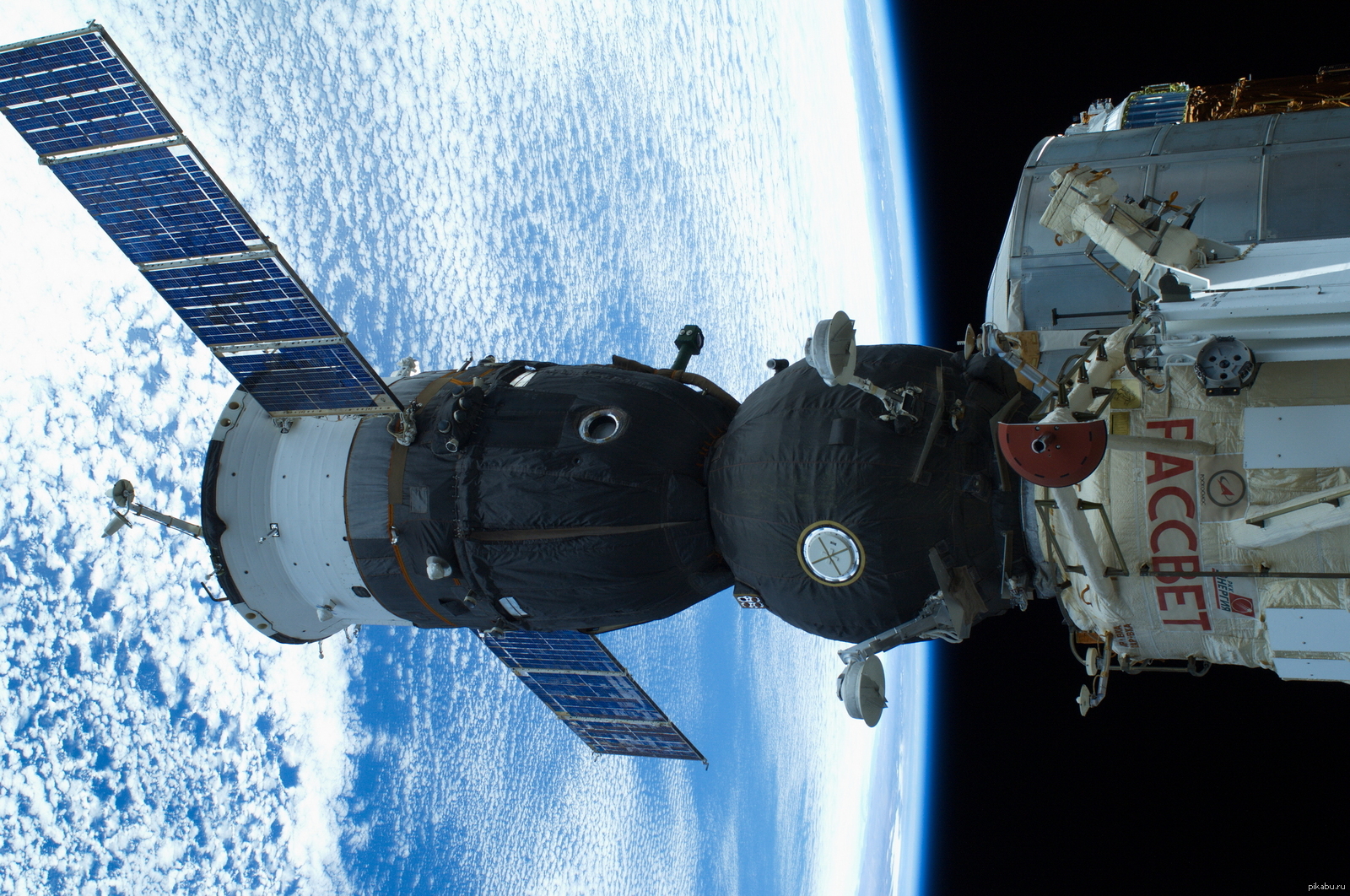The Soyuz MS-23 spacecraft from Russia docked to the International Space Station (ISS) to take astronauts back to Earth and act as a replacement for the emergency Soyuz MS-22. Last year, a heat exchanger leak occurred at Soyuz MS-22 due to a sudden hole in the capsule body. As a result of the malfunction, three crew members, Frank Rubio from NASA, Sergey Prokopyev and Dmitry Petelin from Roscosmos, remained “captive” on the ISS. But now they will return to Earth on a rescue spacecraft later this year.

It is expected that the damaged Soyuz MS-22 will undock from the station at the end of March and attempt to land without a crew so that Roscosmos can analyze whether the spacecraft can survive re-entry into the atmosphere without a heat exchanger.
The empty Soyuz MS-23 docked to the Russian Poisk (Search) module on the ISS on February 25 after its launch on February 23 from the Baikonur Cosmodrome in Kazakhstan. Representatives of Roscosmos stated that they had found the cause of the leak: a small hole caused by the impact of a micrometeorite on the body. Plans to launch a new Soyuz were questioned when a similar coolant leak occurred on the Russian Progress cargo spacecraft on February 11. However, so far there have been no incidents with the new spacecraft.
The Soyuz MS-23, the new ride home for NASA astronaut Frank Rubio and Roscosmos cosmonauts Sergey Prokopyev and Dmitri Petelin, docked to the space station at 7:58pm ET as the station flew 260 miles above northern Mongolia. Read more.. https://t.co/kKxGu1ILGz pic.twitter.com/OwRwUBMDsh
— International Space Station (@Space_Station) February 26, 2023
The new Soyuz arrived just a day and a half before NASA and SpaceX planned to launch the Crew-6 mission to the orbital outpost. The launch of this mission is scheduled for the night from Monday to Tuesday, February 28. The Crew-6 includes four astronauts: Stephen Bowen and Warren Hoburg from NASA, astronaut from the United Arab Emirates Sultan Al Neyadi and cosmonaut from Roscosmos Andrey Fedyaev.
The Crew-5 astronauts currently aboard the ISS will return home after a five-month stay aboard the SpaceX Crew Dragon capsule shortly after the arrival of Crew-6.
Earlier, we reported on how SpaceX would improve Crew Dragon after the Soyuz incident.
Follow us on Twitter to get the most interesting space news in time
https://twitter.com/ust_magazine

